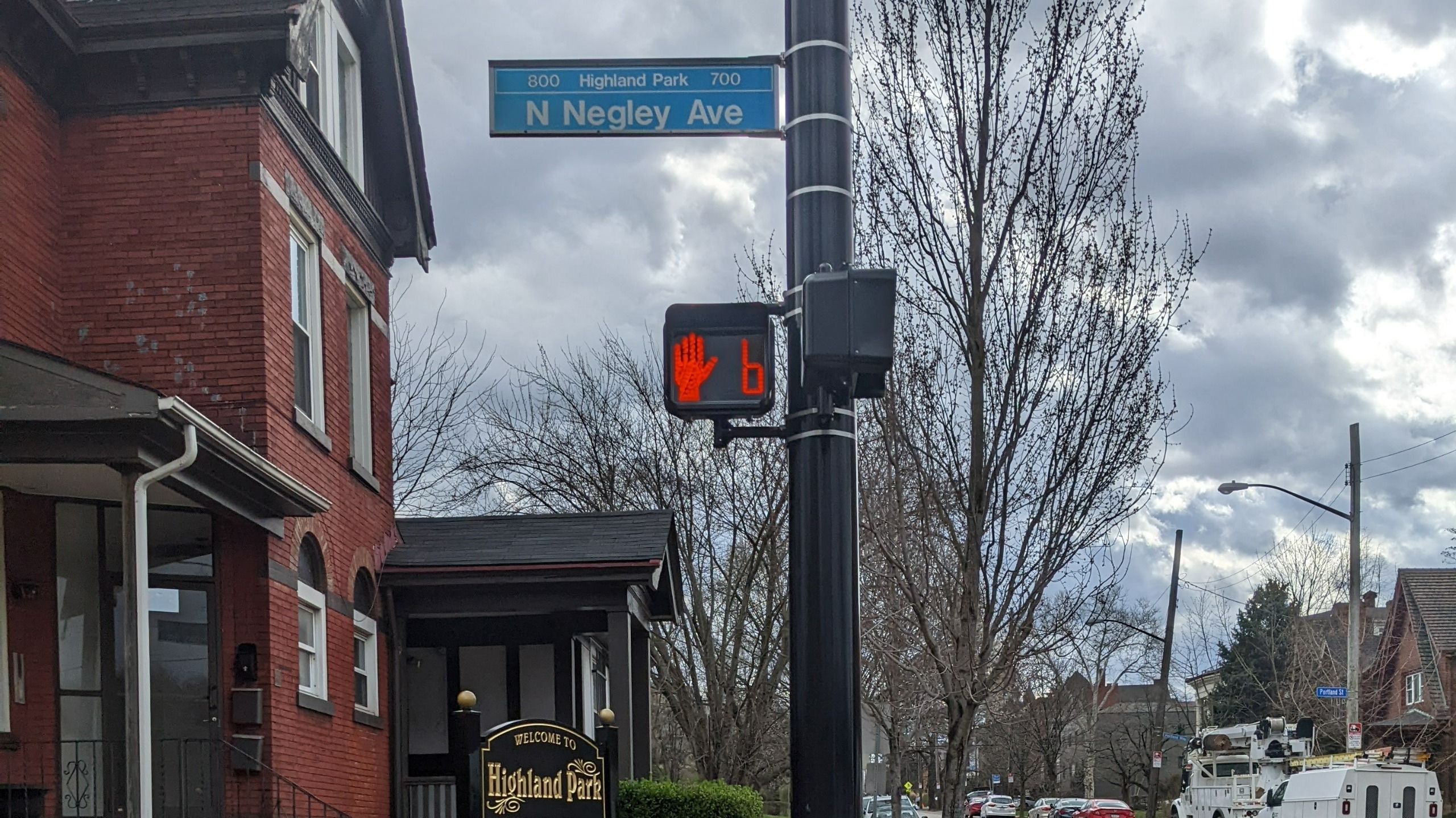SmartSpines Project Corridors
Overview
The SmartSpines project is an Advanced Transportation and Congestion Management Technologies Deployment FHWA grant award to modernize traffic signals by utilizing advanced transportation technologies to improve safety, efficiency, system performance, and infrastructure return on investment. This grant award combines federal, city, and state funding to produce a generational $28.8M investment in 135 traffic signals throughout the City of Pittsburgh.
This project will be designed and constructed in three distinct phases of corridors:
- Phase 1
- Phase 2
- Forbes Avenue (Craig Street to Armstrong Tunnel)
- Fifth Avenue (Craig Street to Washington Place)
- Phase 3
- Centre Avenue (Washington Place to Bigelow Blvd)
- Bigelow Boulevard (Bedford Place to Craig Street)
- Washington Boulevard (Penn Ave to Allegheny River Blvd)
- Penn Avenue (Washington Blvd to Fifth Ave)
- Forbes Avenue (Craig Street to Braddock Ave)
- Fifth Avenue (Craig Street to Penn Ave)
SmartSpines improvements are broadly divided into three categories:
- Signal Infrastructure Upgrades
- "Smart" Software Implementation
- Traffic Management Center (TMC) Construction
The type and description of improvements are listed below. The proposed intersection improvements are located in the 'Phase 1 - Second Avenue' and 'Phase 1 - South Hills Corridors' pages.
Signal Infrastructure Upgrades
New Vehicular Signal Heads

New 12" vehicular signal heads with black backplates with yellow reflective tape for increased visibility.
New Pedestrian "Countdown" Signal Heads

Informs pedestrians of the number of seconds remaining in the pedestrian change interval.
New Accessible Pedestrian Signals

Accessible pedestrian signals are devices that communicate information about the WALK and DON'T WALK intervals at signalized intersections in non-visual formats to pedestrians who are blind or who have low vision.
Smart Software Implementation
Cloud-based Central Priority System: City will procure a cloud based user priority system which will assign hierarchical priority structure to vehicles participating in this system based on corridor typology and time-of-day parameters. Transit Signal Priority (TSP) and Emergency Vehicle Preemption (EVP) are proven technologies used elsewhere in the country however they typically operate on a localized level. This system will holistically assess and assign priority/preemption calls based on systemwide demands. This platform will support the Pittsburgh Regional Transit (PRT) Bus Rapid Transit project by providing TSP to the buses operating between Oakland and Downtown.
Advanced Multimodal Adaptive Signal System (AMASS): City will procure an Adaptive Signal System that detects and optimizes movements on a “per-person” basis as opposed to traditional adaptive programs which optimizes movements on a “per-vehicle” basis.
Advanced Traffic Management System (ATMS): City will procure an off-the-shelf Advanced Traffic Management System that will support daily operations of the TMC. This system will aggregate signal phasing data and closed-circuit television footage (CCTV) and bring this data to the TMC where operators can respond to events or incidents in real time.
Advanced Traffic Signal Performance Measures (ATSPM): City will procure an Advanced Traffic Signal Performance Measures software platform. ATSPM leverages incoming field data to provide City officials with timing recommendations for improved signal operations.
Traffic Management Center (TMC) Construction

The SmartSpines project will build a Traffic Management Center (TMC) which will house technology responsible for managing hundreds of traffic signals across Pittsburgh. City staff will use CCTV and signal phasing data to observe real time traffic conditions, which will be displayed on a high-resolution video board. Staff will have the ability to remotely adjust traffic signal timing plans in response to incidents or events and adjust corridor modal priority based on real time data and observations.
The City of Pittsburgh TMC will interface with similar facilities in the Western Pennsylvania region including PennDOT’s Regional Traffic Management Center and PRT's Operations Center.
The City of Pittsburgh Department of Mobility and Infrastructure (DOMI) manages a fiber optic and radio communication network which will support operations at the TMC. DOMI will continue to work with local partners to seek opportunities to expand the existing network or share communication infrastructure with third parties. This communication network and the TMC together will serve as the hub for future City of Pittsburgh Smart City Initiatives.








